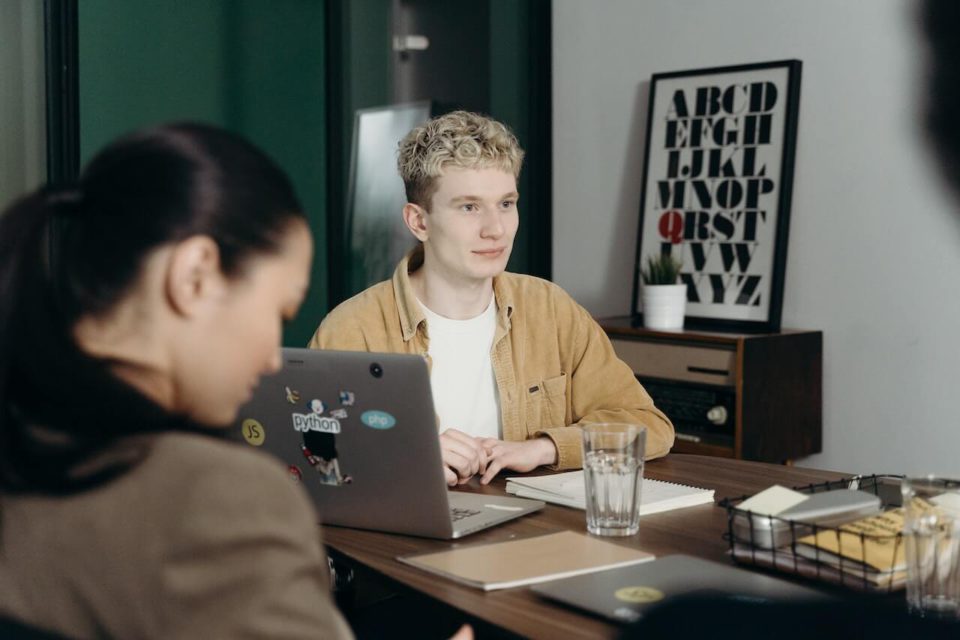

For several decades, the concept of co-creation has been integral to a variety of industries. As defined by Wikipedia, “co-creation, in the context of a business, refers to a product or service design process in which input from consumers plays a central role from beginning to end.”
While co-creation has gained momentum in business, its adoption by the healthcare industry has been slower. Patients have traditionally been thought of as passive recipients of healthcare services, but a growing demand from today's engaged patients to collaborate with industry in designing patient-centric solutions is shifting the focus towards co-creation.
Over the last few years, co-creation has become an industry buzzword, a catch-all phrase that sits alongside other terms such as patient engagement, patient-centricity, and patient experience. The danger with using buzzwords is that we become so accustomed to hearing them, we don’t often stop to consider what they truly mean. We’ve all come across companies who are convinced that they’ve worked with patients to co-create patient-centric products when in reality, all they have done is show their finished product to a group of patients for their seal of approval.
This is not co-creation.
True co-creation goes beyond consultation to participatory engagement in the design process. It strives for genuine and meaningful interaction, treating patients as partners throughout the entire process and not simply as a focus group used for feedback at the end.
Materials ranging from information leaflets and patient support websites to clinical decision aids and informed consent forms, whether in print or digital format continue to be an important tool in healthcare. Well presented, accurate and simple to understand information empowers patients with the knowledge, and confidence to take an active role in their health and wellbeing. By sharing the information with friends and family, their loved ones can also take a more active role in supporting the patient.
A co-creation project needs to be carefully planned, with clearly defined objectives, outputs and processes in place. Here is the 9 step-process we employ at merakoi to ensure the successful completion of client-patient co-created projects.
We begin by discussing with the client what the proposed project hopes to achieve. Who are the patients they want to reach? What are the primary benefits to them (and to the client)?
The next step is to identify patient experts with whom we can collaborate to achieve the defined objectives. Who best represents the target patient demographic? Who has the perspectives, knowledge, and skills to assist in co-creating the material?
One of the most time-consuming phases in a co-creation activity is the identification and recruitment of patient experts. At merakoi we have access to a global network of patient experts, ensuring a diverse range of perspectives. Traditionally, industry has sought input from patient organisations, but companies are increasingly seeking a broader level of patient expertise. This is why we continue to expand our network of patient experts in over 50 disease areas (including MS, Cancer, Heart Failure, Atopic Dermatitis, Pulmonary Hypertension, and IBD) across the globe.
Once we’ve identified our ideal patient experts, we begin the recruitment phase of the project. When a patient expert agrees to come on board, we handle the contracting process. The contract should clearly outline the project’s objectives, the expectations of the role, the nature of the activities, the agreed-upon remuneration, and the time commitment required to be involved. In this initial phase of the project, we invest time onboarding the patient experts, taking time to individually show them the merakoi-way of working, our tools, providing training on compliance and adverse event reporting - just as we would onboard any consultant working with us.
When working with patients it’s important to be adaptable and responsive to their needs so that each participant can contribute fully. At the time of writing, you will most likely be running a session virtually. This has the advantage of broadening participation beyond geographical boundaries, as well as making it easier to include people with disabilities or those who are too unwell to travel. When the time comes for meetings to resume face to face, consider how this may exclude some participants. Plan for hybrid meetings with a mix of virtual and in-person activities in the future.
Other factors to consider include the format of the activity - one-to-one sessions, focus groups, or a mix of both - the planning of breakout sessions, preparation of pre-reading material, and so on.
Following a client kick-off meeting to align on objectives and key milestones, we introduce the patient experts to the client and begin building the foundation of this collaboration. The co-creation starts by gaining a deep understanding of the patient’s needs then translating this into a meaningful co-created solution that will truly resonate with patients. Patient experts are involved in focus groups and brainstorming sessions to define the value proposition and the content strategy, and are guided through producing authentic content pieces in multiple digital formats, ready for usage on social media and digital platforms.
Co-creation doesn’t end when the session comes to a close. It is an iterative process that entails keeping patient experts updated on progress and seeking additional input from them. The best way to learn and improve is to incorporate feedback from the working team, particularly from patients who have been involved. One of the most common frustrations patients express when working with companies is that they never hear how (or even if) their feedback has contributed to the final product. Ongoing communication with patients is critical to the success of a co-creation project.
When the project is finished, we send out a survey to the patient experts and clients to get feedback on how the process went for them. We see this as an important opportunity to build a relationship of trust and accountability with our experts. We have also run this as a retrospective focus group session employing the 4L’s framework (Liked, Learned, Lacked, Longed For).
While we are passionate champions of co-creation at merakoi, we recognise that successfully implementing a co-created project can present some challenges for clients at times.
Some of the most common challenges we have encountered include:
From our experience, we have found the following helps in overcoming the aforementioned challenges:
Let’s conclude with some key takeaways.
At merakoi we thrive to create successful patient engagement. We believe we are stronger together. If you have any questions on how best to work with patients to create meaningful solutions, get in touch!

✕